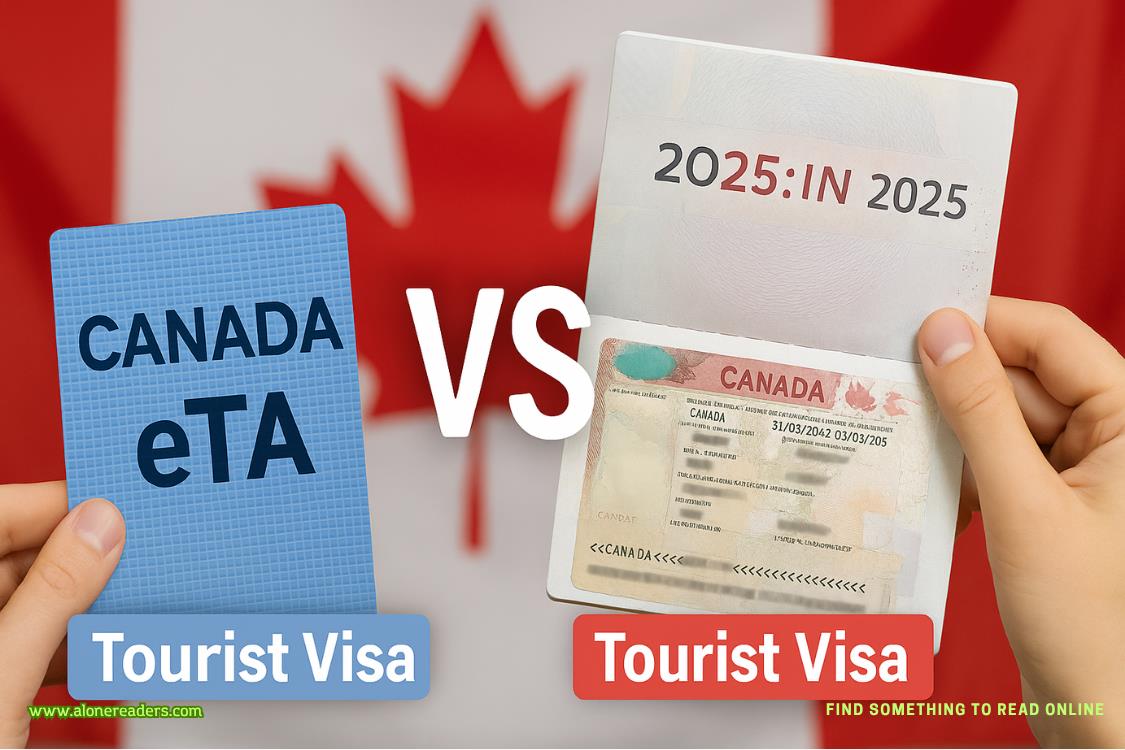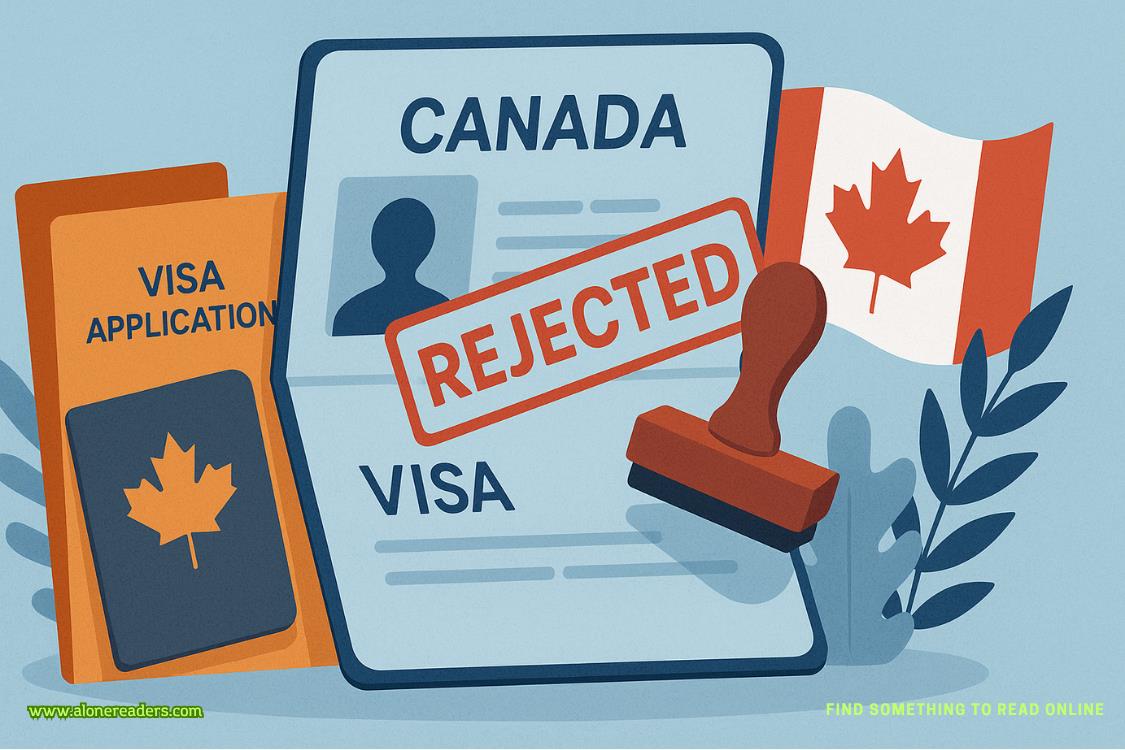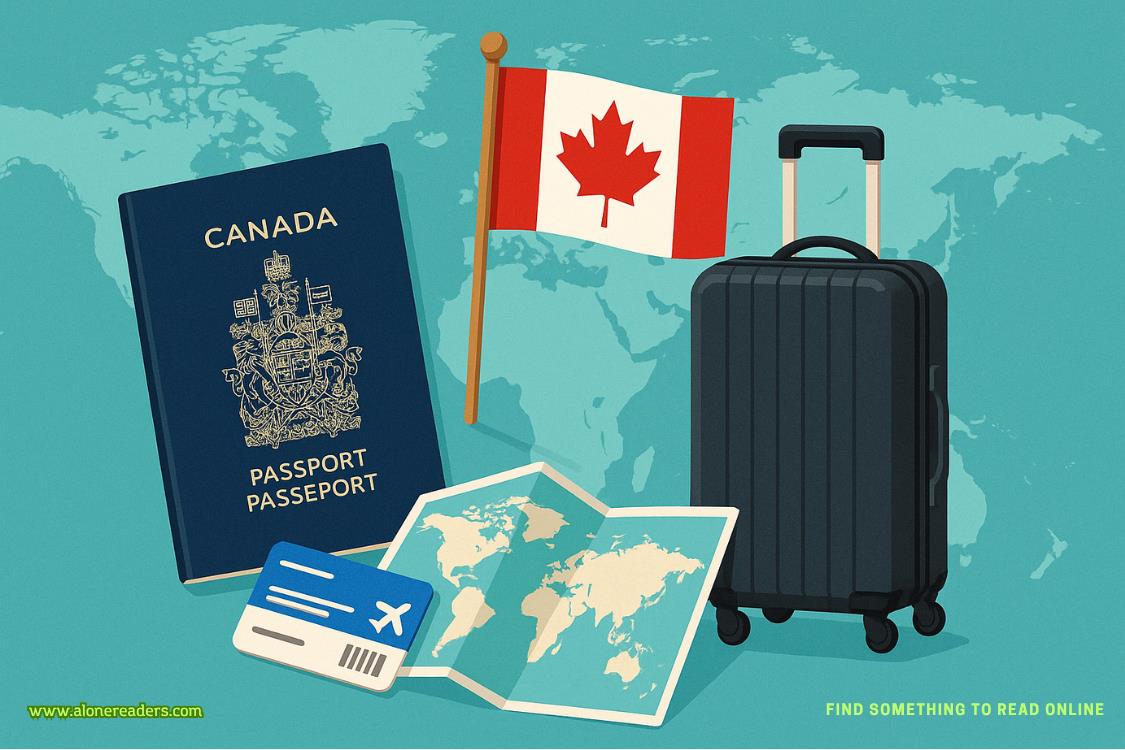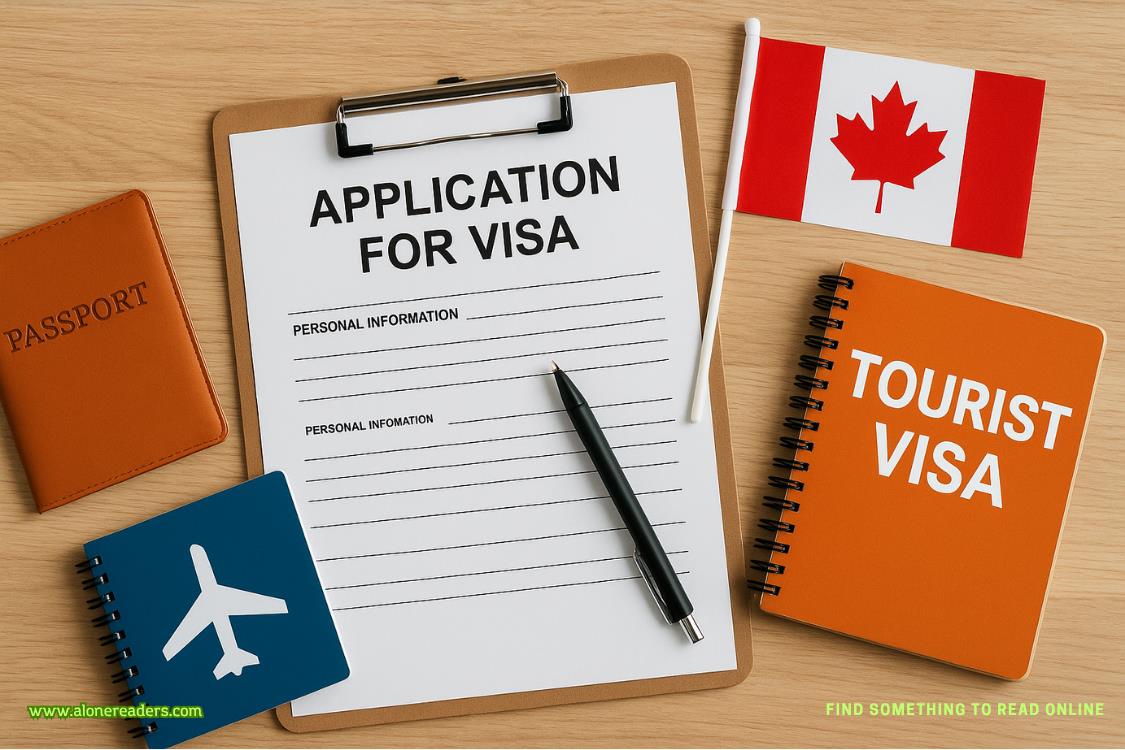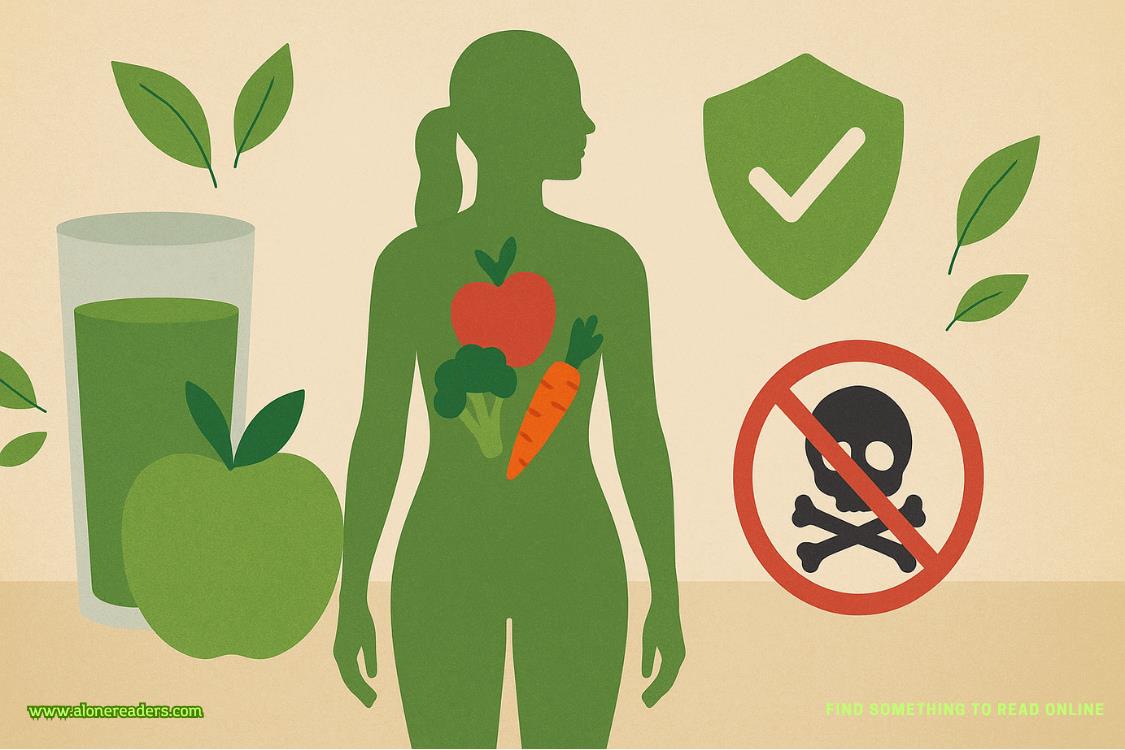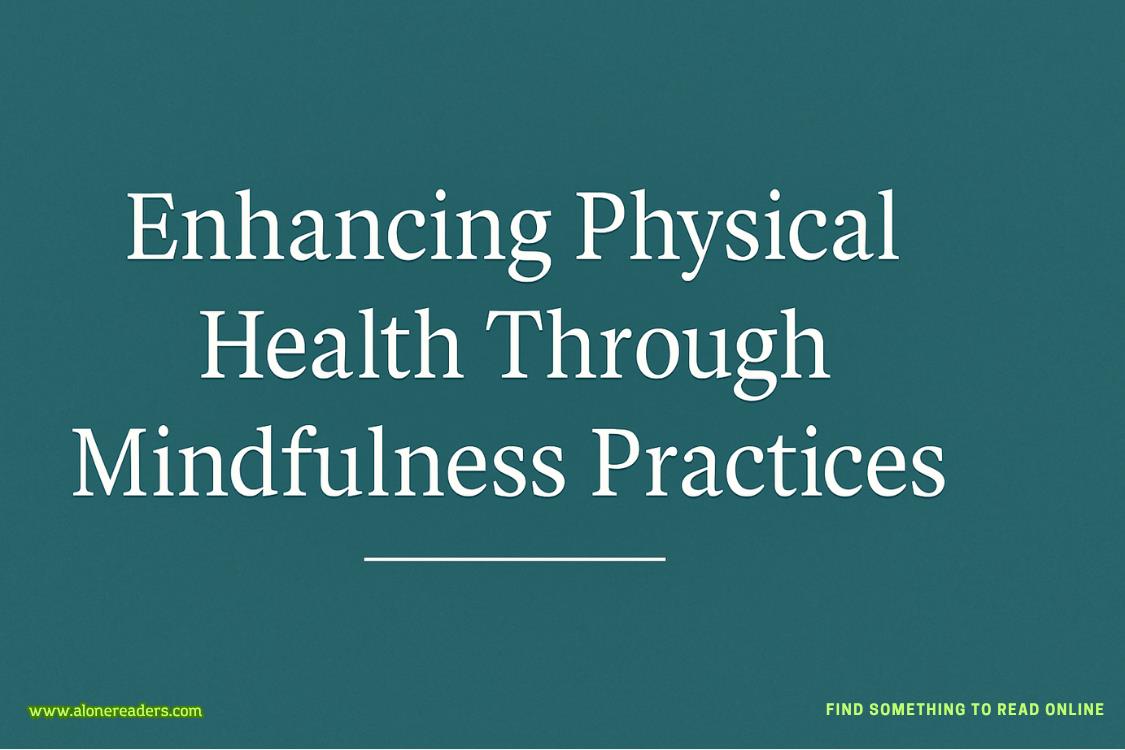Page 6 of Atmosphere
Nothing.
Nothing.
And then Vanessa’s voice.
“Houston,” she says. “I think I am the only one left.”
Seven Years Earlier
Joan’s younger sister, Barbara, hadcalled her one morning to tell her about a commercial she’d seen on TV late the previous night.
“It said, ‘This is your NASA.’ ”
“What?” Joan said. She was in her kitchen, pouring herself a cup of coffee, the phone held between her shoulder and her ear. She was about to head to the car. Her first class of the day at Rice University was a survey course on the cosmos, offered to freshmen of all majors. Although she had a PhD focusing on an analysis of magnetic structures in the solar corona, she was spending her expertise teaching eighteen-year-olds the definition of a parsec. But, as her department chair had pointed out when she’d gently asked for a different assignment, “someone has to do it.” Apparently that someone just so happened to be the only woman in the department.
“What do you mean, ‘This is your NASA?’ ”
“That’s what she said, the woman fromStar Trek.Hold on, I wrote it down somewhere. I saw the commercial just before putting Frances to bed, but I was able to grab a pen before it was over. Here it is: ‘This is your NASA, a space agency embarked on a mission to improve the quality of life on planet Earth right now.’ It was NichelleNichols—that’s her name! That was driving me crazy. They are recruiting astronauts. Scientists. To go up into space. They specifically said they wanted women.”
Joan put the lid on her coffee. “They said female scientists?”
When Joan was twelve, she had read a newspaper article mentioning the FLATs—First Lady Astronaut Trainees, involved in what was known as the Women in Space Program. That group of thirteen women had been privately tested and trained by William Randolph Lovelace II, the same physician who had helped select the Mercury program astronauts. He’d done it on his own, outside of NASA, in hopes that the organization might recognize the potential of female candidates.
But the article where Joan first read about the program was the same article in which she learned of its demise. The FLATs needed NASA’s approval in order to be granted permission to complete their testing at the Naval School of Aviation Medicine. Days before they were scheduled to arrive, they were notified that NASA would not approve the request.
A congressional hearing in which many of the women testified about gender discrimination did nothing to change the NASA administrator’s mind. John Glenn had even been quoted as saying that women not being accepted as astronauts was “a fact of our social order.”
Joan had spent a lifetime of looking up at the stars, but had not imagined herself in a space suit in a very long time.
“They definitely said ‘scientist’ and they definitely said ‘women,’ ” Barbara told her.
Joan put down her coffee and took the phone from her shoulder into her hand. “You really think I could be an astronaut?” Joan said.
“You study the stars. Who else could they possibly be asking for?”
“I don’t know. I…You really think I should apply?” Joan asked.
Barbara sighed. “Oh, forget it. You’ve zapped all the fun out of it,” she said and hung up.
As the dial tone kicked in, Joan took the phone from her ear,slowly put it in its cradle, and kept her hand on it for a moment, staring at the receiver.
Two weeks later, without telling Barbara, she requested an application.
As she filled it out, she could barely look at it directly.Me, an astronaut.And yet. She went to the library to xerox her documentation, then stuffed it all into a nine-by-twelve envelope—a summary, thus far, of everything she’d accomplished on Earth.
She walked to the post office and, without allowing herself to agonize any further, dropped it into the mail slot.
That January, Joan walked out her front door on the way to teach another introductory-level course and saw a newspaper in the apartment complex’s driveway. She picked it up and noticed the headline below the fold.
“NASA Chooses 35 New Astronaut Candidates, Including Six Women.”
Joan swallowed hard as her eyes began to sting. She got into her car, threw the newspaper onto the passenger seat, and stared at the steering wheel for seventeen minutes.
It was the only time in her career she had been late to a class.
—
A year later, in 1979,Joan was walking into the lounge when she overheard Dr. Siskin, her department chair, mention to a fellow professor that NASA had opened up its astronaut applications again—and that they were specifically looking for astronomers and astrophysicists.
- Pregnancy of Revenge by Jacqueline Baird
- The Protege by Brianna Hale
- Playing House With Our Daddy by A.R. Taboo
- Single Dads Club by Rebel Bloom
- Doctor's Virgin by Daisy Michaels
- The Cost of a Bride by Jenna Rose
- Ten Mountain Men's Baby (Love by Numbers 9) by Nicole Casey
- 9 Marines' Shared Property (Love by Numbers 8) by Nicole Casey
- Eight Brothers Fiancee (Love by Numbers 7) by Nicole Casey
- 3 Times the Heat by S.E. Law
- Maid for Love by S.E. Law
- Obsessed with the Man of the House by S.E. Law
- Break Me (Brayshaw High 5) by Meagan Brandy
- Be My Brayshaw (Brayshaw High 4) by Meagan Brandy
- Reign of Brayshaw (Brayshaw High 3) by Meagan Brandy
- Trouble at Brayshaw High (Brayshaw High 2) by Meagan Brandy
